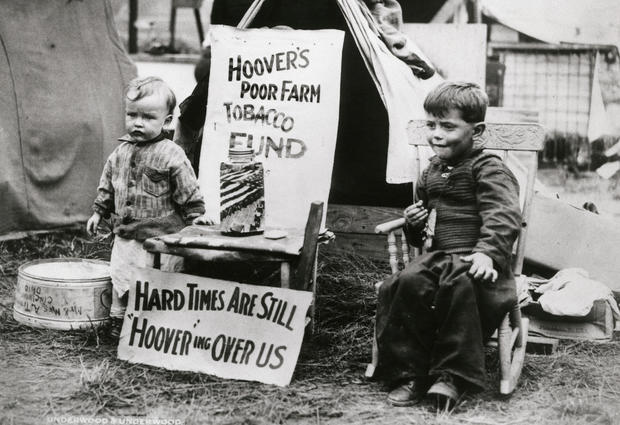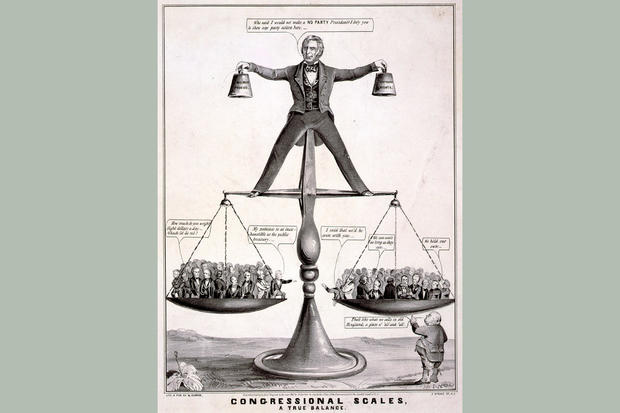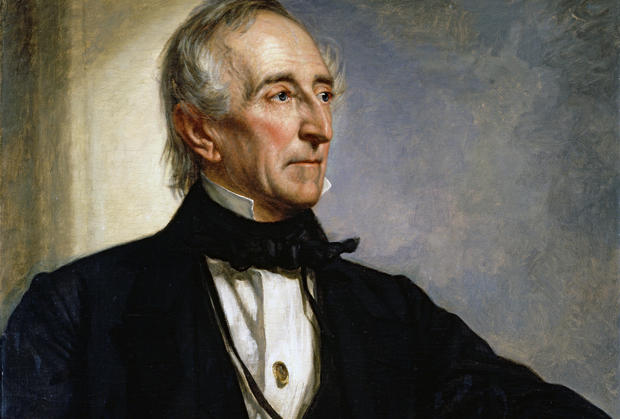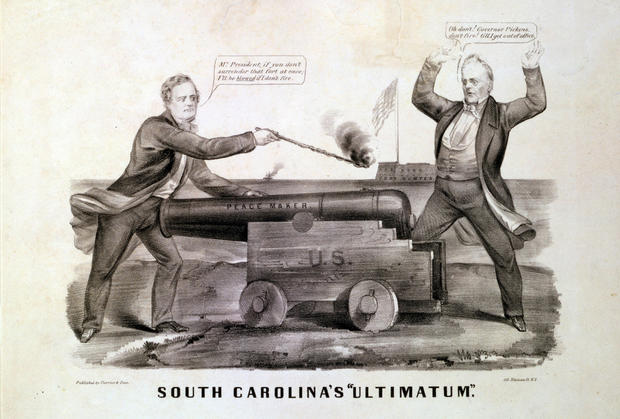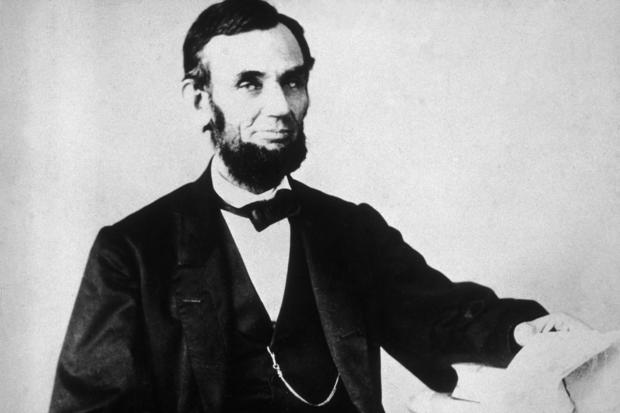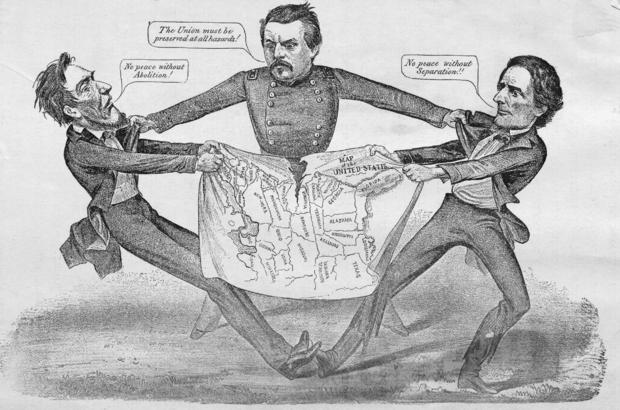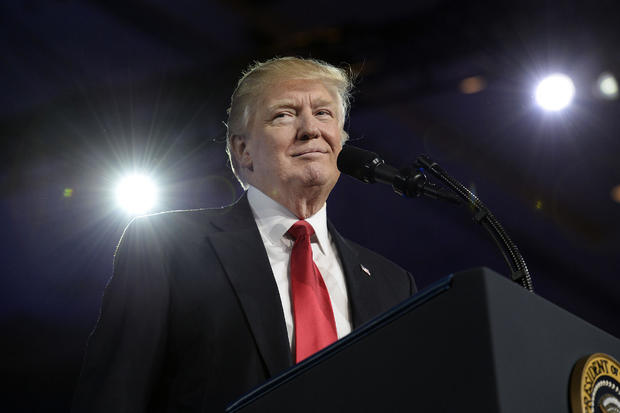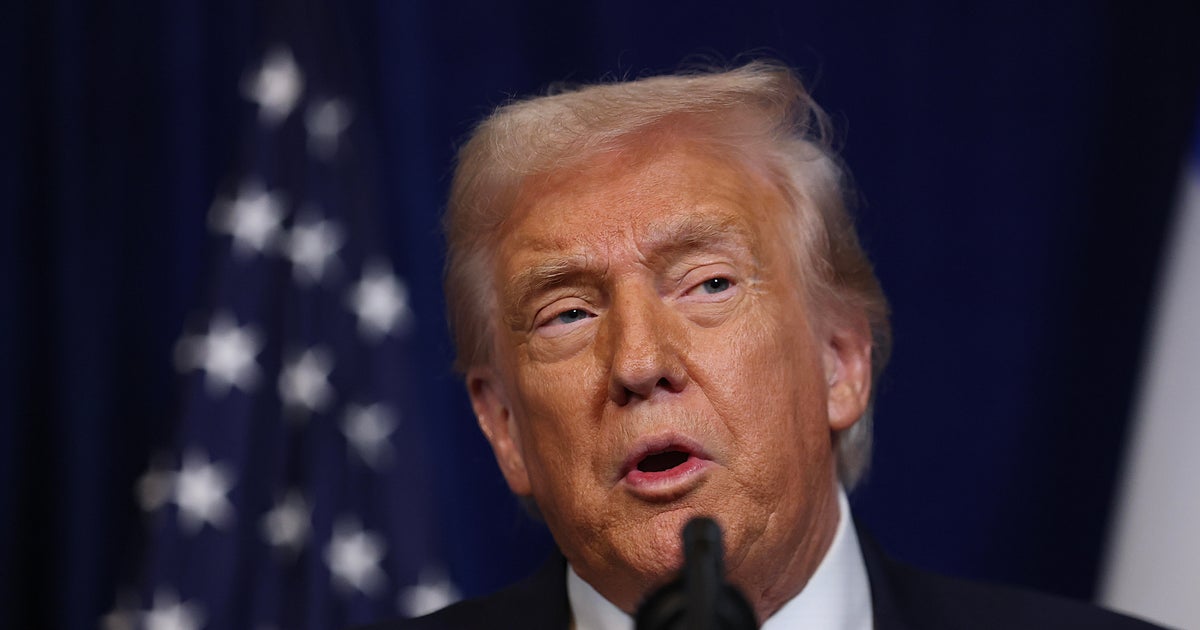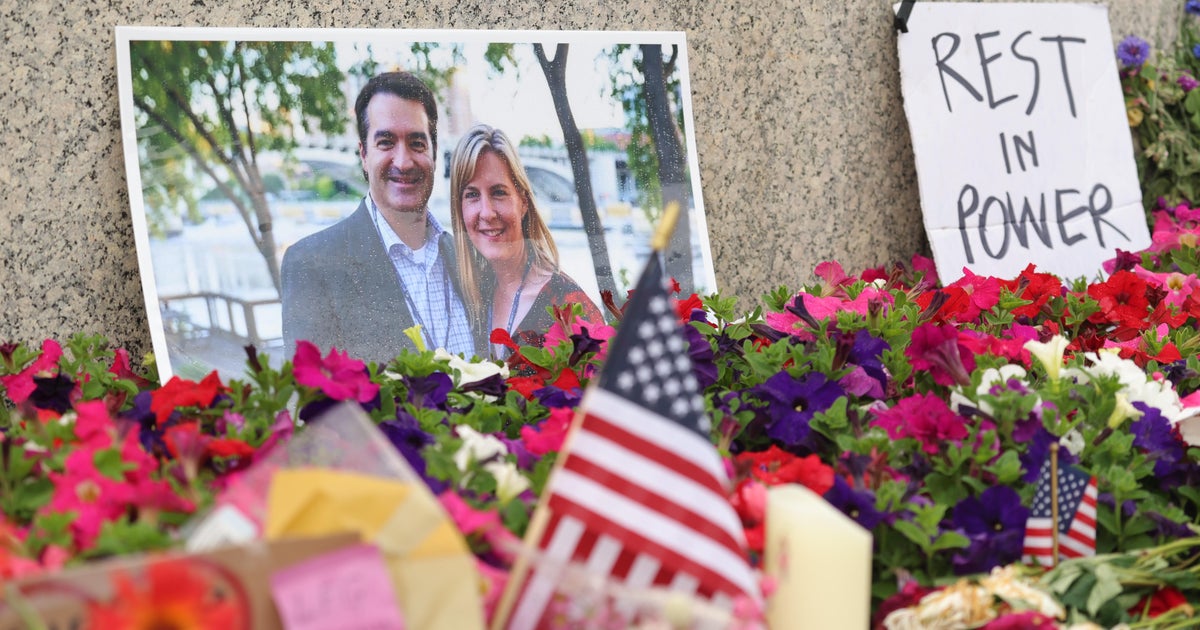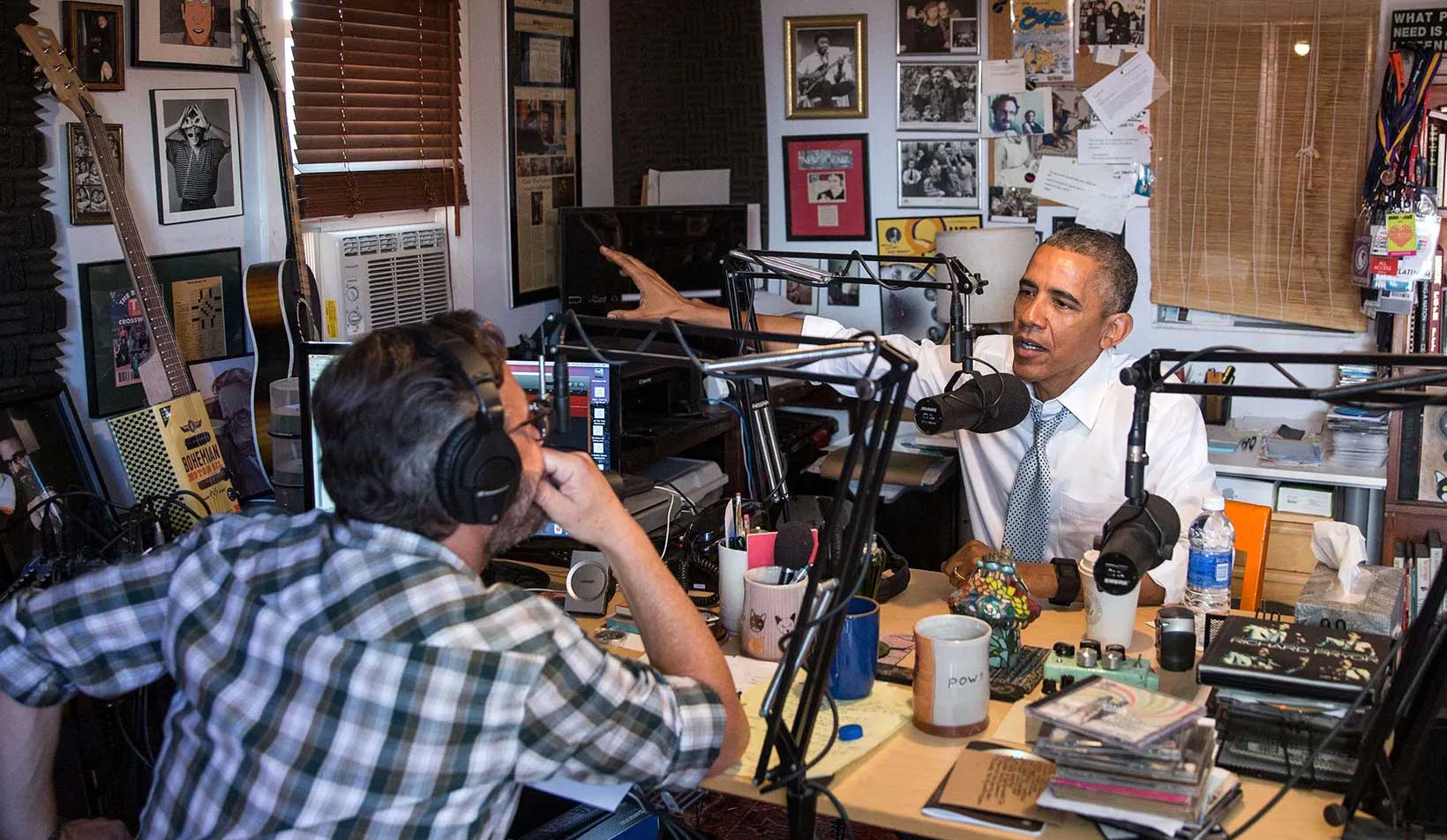The most divisive U.S. presidents, ranked by political scientists
Who is the most polarizing U.S. president of all time?
More than 300 political scientists — all members of the American Political Science Association's Presidents & Executive Politics section — answered that question for a survey published by the Brookings Institution.
Click ahead to see 30 U.S. presidents, from John Adams to Thomas Jefferson, Barack Obama to Donald Trump, and how the experts ranked them, from least polarizing to most polarizing.
(Note: The 15 presidents not listed in this rundown, including George Washington, Dwight D. Eisenhower and John F. Kennedy, were essentially judged by the political scientists to be non-polarizing.)
(TIE) 29. Jimmy Carter
Jimmy Carter served as the 39th president, from 1977-1981. The former governor of Georgia came to Washington D.C. as an outsider hoping to restore faith in the Oval Office, post-Watergate.
Signs of the times
In the late 1970s, inflation soared, the energy crisis deepened, hostages were seized at the U.S. Embassy in Iran — and Jimmy Carter's approval ratings cratered. In 1980, as he pursued a second term, he faced a primary challenge from Senator Ted Kennedy, and was ultimately defeated in the general election by Ronald Reagan.
(TIE) 29. Ulysses S. Grant
President Ulysses S. Grant lived in polarizing times: He commanded the Union Army in the Civil War, and, later, as president from 1869-1877, oversaw a significant chunk of the Reconstruction era.
28. Harry S. Truman
Harry S. Truman assumed the presidency following the 1945 death of Franklin D. Roosevelt and presided over the end of World War II. Despite pundits' predictions of his political demise, Truman won his own term in 1948.
27. John Quincy Adams
John Quincy Adams was the sixth president — and is the first Adams on this list. While his presidential father, John Adams, ranks as significantly more polarizing, John Quincy Adams had his own issues: He lost his 1828 reelection bid amid corruption charges.
(TIE) 23. Grover Cleveland
President Grover Cleveland served two non-consecutive terms in the White House, and, as such, is the 22nd and 24th U.S. president. His first term, from 1885-1889, was marked by a controversial tariff policy. His second term, from 1893-1897, was marred by a stock-market crash. In the 1896 election year, he failed to secure the nomination of his own party.
(TIE) 23. Warren G. Harding
The fourth-shortest-serving commander-in-chief, Warren Harding died in office in 1923, just before his legacy was tarnished by the Teapot Dome bribery scandal.
(TIE) 23. James Madison
The architect of the U.S. Constitution, James Madison was a two-term president who presided over the War of 1812 — a conflict that the late historian Samuel Eliot Morison labeled "the most unpopular war that this country has ever waged."
(TIE) 23. William McKinley
In his first term, William McKinley pursued a controversial import tariff. By the start of his second term, in 1901, America and other parts of the world were gripped by the anarchist movement, and an anarchist gunman assassinated McKinley that same year.
22. Ronald Reagan
In 1980, Ronald Reagan scored a landslide victory over Democratic incumbent Jimmy Carter, then, four years later, trounced challenger Walter Mondale in an even-more-lopsided fashion. Despite the big wins, Reagan's approval ratings, while often strong, never ventured into record-setting territory.
Acting up
At a 1988 protest, members of the group ACT UP hang an effigy of Ronald Reagan.
During his two terms in office, from 1981-1989, Reagan's "halting and ineffective" response to the AIDS crisis, as one of the president's biographers put it, came under withering attack.
21. Franklin D. Roosevelt
Elected to four (!) terms, President Franklin D. Roosevelt guided Americans through the Great Depression and World War II. He is ranked by historians as one of the three best U.S. presidents of all time. But he was also a polarizing figure.
Supreme antics
This 1937 editorial cartoon slams Franklin D. Roosevelt for his controversial (and ultimately unsuccessful) attempt to add six new justices to the fully staffed Supreme Court — Roosevelt wanted the new justices to protect his New Deal legislation.
20. Lyndon B. Johnson
Assuming office following the 1963 assassination of John F. Kennedy, President Lyndon B. Johnson enjoyed broad support, and won his own term with a landslide 1964 victory. But in a short time, things would change — and Johnson wouldn't even mount a run for a second full term.
Eve of destruction
As the United States sent more troops to fight in Vietnam, anti-war protests grew — and President Johnson's job-approval ratings sank to a low of 35% in 1968.
19. Bill Clinton
In 1992, Bill Clinton, then the governor of Arkansas, scored a decisive Electoral College victory over incumbent George H.W. Bush. But, indicative of a divided country, more combined votes were cast for Bush and third-party challenger Ross Perot than for Clinton.
Impeachment
In a 1998 protest, activists are seen calling for Bill Clinton's impeachment on charges of perjury and obstruction of justice. Clinton was impeached later that year, but later acquitted by the Senate.
18. Woodrow Wilson
Woodrow Wilson, who served as president from 1913-1921, helped spur the nation to join the World War I fight. But peace proved more elusive: Wilson could not convince the Senate to ratify the Versailles Treaty when the war was over.
17. George H.W. Bush
In 1991, some two years after taking office, President George H.W. Bush saw his approval rating soar to 83% as the U.S.-led Gulf War came to an end. But such widespread support wouldn't last.
A thousand points of protest?
As the recession of the early 1990s wiped out jobs, George H.W. Bush saw his support fall. At the same time, Bush faced backlash for his handling of the continuing AIDS crisis. In 1992, his bid for a second term failed; he was defeated by Bill Clinton.
16. Theodore Roosevelt
Recognized by historians as one of the best U.S. presidents, Theodore Roosevelt, who served from 1901-1909, pursued his ambitious agenda via the so-called bully pulpit — an effective but polarizing tactic.
(TIE) 12. George W. Bush
Though he was sent to the White House in 2000 via a narrow Electoral College margin (and despite losing the popular vote), George W. Bush enjoyed soaring popularity in the months after the 9/11 terror attacks. But the bipartisan support did not last.
Iraq War divisions
Like his father, George H.W. Bush, George W. Bush ventured into war in the Middle East. Though the Iraq War was supported by many Americans in 2003, it became increasingly divisive as dragged on for years on end.
(TIE) 12. Richard M. Nixon
In 1968, as anti-Vietnam War protests raged, Richard M. Nixon was elected to the White House, in part, on a pledge to end the war. In 1970, however, he broadened the conflict to include Cambodia and Laos — and protests erupted anew. Foreign policy, however, wasn't the only place where Nixon sowed discord.
"False charges"
President Nixon's second term was dominated by the Watergate scandal, impeachment hearings — and eventually the commander-in-chief's own resignation.
(TIE) 12. Andrew Jackson
A two-term president, Andrew Jackson served from 1829-1837. This political cartoon from 1834 depicts Jackson being roasted on a spit; 1834 is the same year Jackson was censured by the Senate over a dispute involving the Bank of the United States.
(TIE) 12. Barack Obama
The nations first African American president, Barack Obama is seen at a campaign event in 2012 as he sought a second term. Mr. Obama would handily defeat Mitt Romney in the general election, but political scientists consider him a polarizing president.
Obamacare protests
The Tea Party movement arose as a backlash to the Obama administration. Supporters were especially critical of the Affordable Care Act — the health-care reform effort commonly known as Obamacare.
11. Andrew Johnson
Andrew Johnson, who assumed the presidency following the 1865 assassination of Abraham Lincoln, became the first commander-in-chief to stand Senate trial for impeachment. He was acquitted in 1868 of charges related to the firing of the secretary of war, but Johnson failed to secure the nomination of his own party. He left office in 1869, having served out Lincoln's term.
(TIE) 8. Herbert Hoover
Children are seen at a protest camp in Washington, D.C. in 1932. When this photo was taken, President Herbert Hoover was months away from being rejected by voters in favor of Franklin D. Roosevelt. Hoover's single term was marked by the 1929 stock-market crash and the early years of the Great Depression.
(TIE) 8. Zachary Taylor
The third-shortest-serving U.S. president of all time, Zachary Taylor, who was in office from 1849 until his death in 1850, and who's depicted here in a cartoon of the times, was plagued by growing tensions between North and South in the pre-Civil War era.
(TIE) 8. John Tyler
Like several other polarizing presidents on this list, John Tyler served during the tumultuous years in and around the Civil War. Tyler assumed office after the death of William Henry Harrison. His lone term from 1841-1845 was marked by territory expansion, but also discord over banking laws and tariffs.
7. John Adams
After serving as vice president to the distinctly non-polarizing George Washington, John Adams was president from 1797-1801. While historians rank him in the upper half of presidents on the greatness scale, Adams oversaw a Federalist party that was deeply divided by his handling of a shipping conflict with France.
6. Thomas Jefferson
Revered by modern historians as one our best presidents, Thomas Jefferson is depicted in an editorial cartoon of his era as a prairie dog who is literally coughing up money for France. The cartoon refers to the then-controversial land deal that was the Louisiana Purchase.
5. Franklin Pierce
Another Civil War-era president, Franklin Pierce served in the run-up to the conflict, from 1853-1857. In an attempt to keep the peace between North and South, Pierce only inflamed things by throwing the issue of slavery to new territories via the Kansas-Nebraska Act. Historians rank him as one of the worst presidents.
4. James Buchanan
The worst U.S. president, according to a survey of historians, James Buchanan served at one of the most crucial times: from 1857-1861, the years just prior to the formal start of the Civil War. A Currier & Ives illustration from 1861 shows Buchanan looking helpless in the face of South Carolina's succession from the union.
3. James K. Polk
The 11th U.S. president, James K. Polk served one term from 1845-1849. While the official White House site refers to Polk as "the last strong President until the Civil War," his effort to expand the nation westward without addressing slavery fueled the North-South divide.
2. Abraham Lincoln
Ranked by historians as the United States' greatest president, Abraham Lincoln served during the nation's most polarized time: the Civil War.
Tough battle
A political cartoon of the Civil War era shows Abraham Lincoln in a tug of war with Jefferson Davis, president of the breakaway Confederate states. Though Lincoln ultimately prevailed in preserving the union and abolishing slavery, he paid with his life: He was assassinated in 1865, barely one month into his second term.
1. Donald Trump
The political scientists surveyed in the Brookings Institution report found Donald Trump — seen here in 2017, shortly after he took office — to be America's the most polarizing president by a wide margin. Trump's pursuit of "fractious policies," including travel bans, were cited as fueling the divisiveness.
Sea of discontent
President Trump's 2016 victory itself was divided: He won the Electoral College but lost the popular vote. His inauguration was followed by millions of protesters taking to the streets around the country for the Women's March.
Americans remained in partisan camps as special counsel Robert Mueller spent two years investigating Russian interference and the Trump campaign. In December 2019, the House voted to impeach Mr. Trump for abuse of power and obstructing Congress over his dealings with Ukraine, but two months later the Senate voted to acquit him.
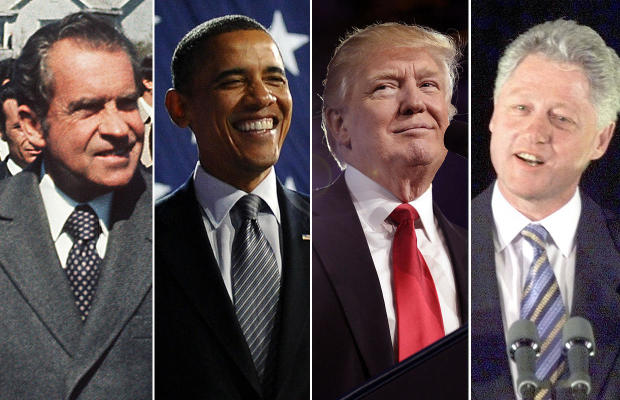

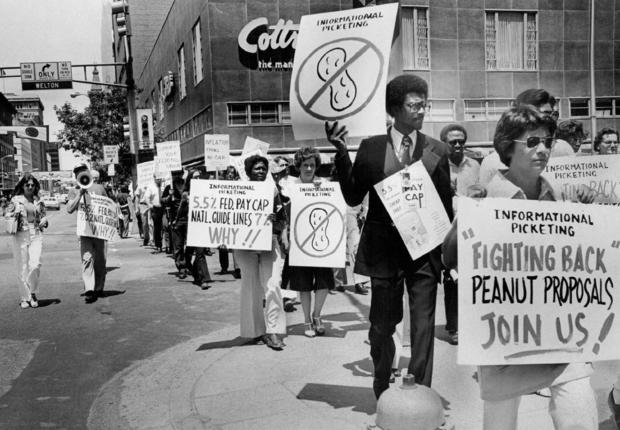
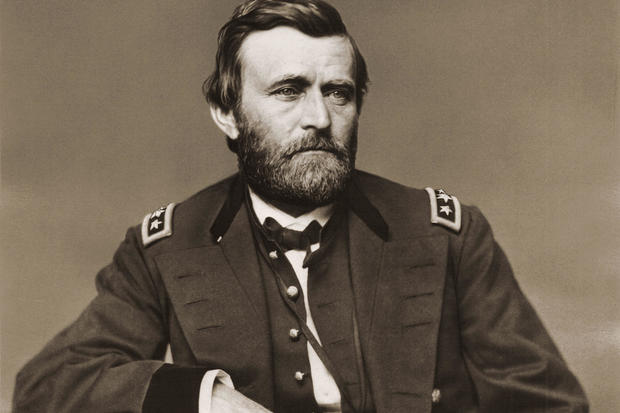

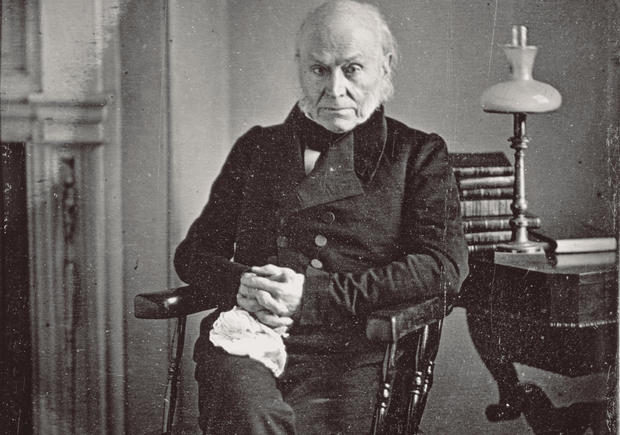
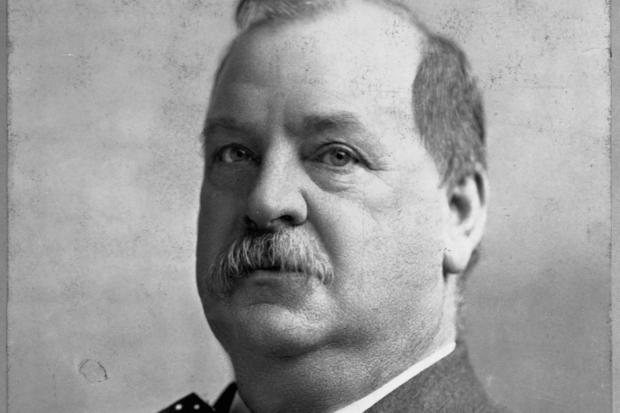
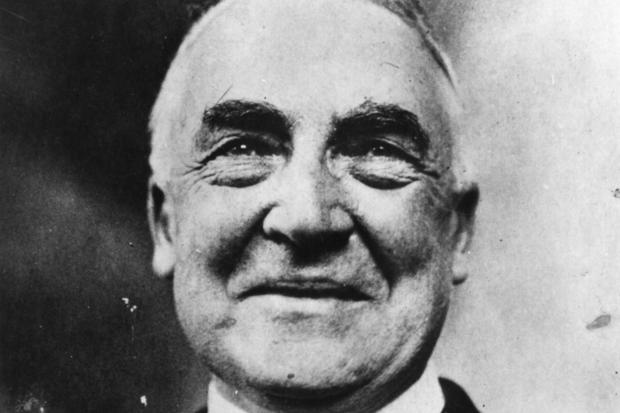



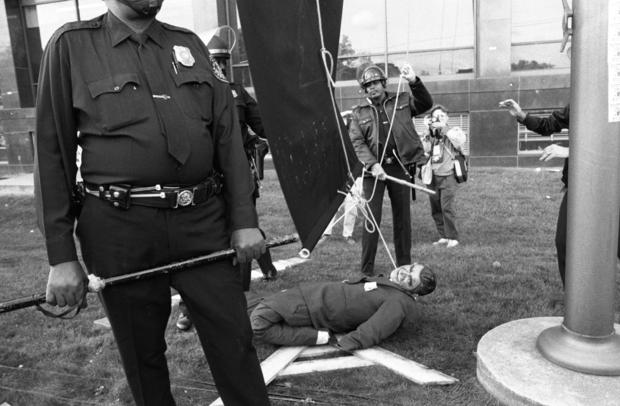

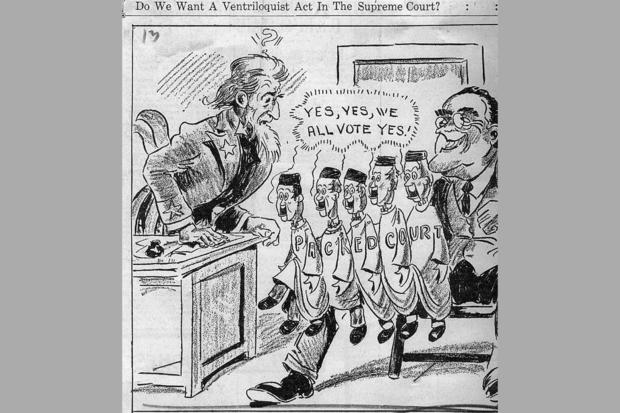
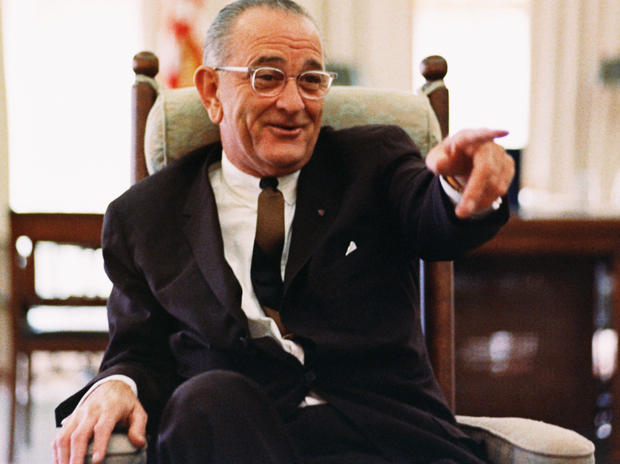

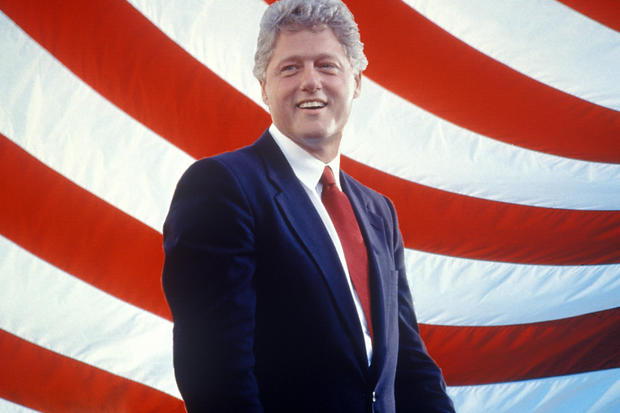
![William J. Clinton [Misc.]](https://assets1.cbsnewsstatic.com/hub/i/r/2020/03/11/e73e027e-7648-49cb-9e80-d56fe61af971/thumbnail/620x408/2af7e7ba5a2ca532311c31b3b9af0068/12-polarizing-clinton-2.jpg#)
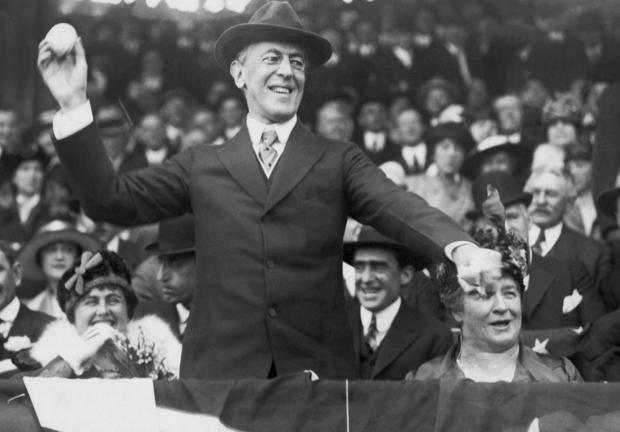
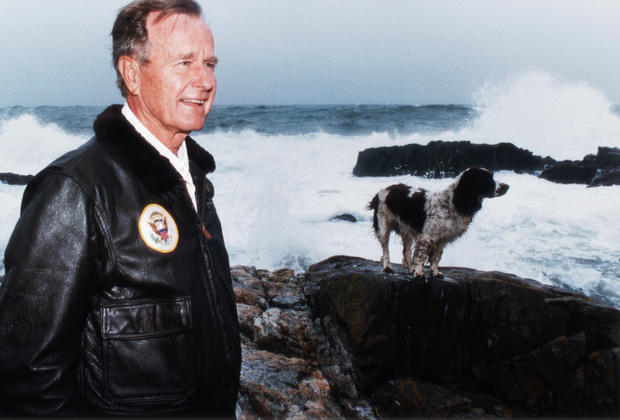
![George H. W. Bush [Misc.]](https://assets1.cbsnewsstatic.com/hub/i/r/2020/03/11/0501d698-44b8-432f-acba-723b7aacbd6a/thumbnail/620x415/8b08199a46185e11d31e880a67897bee/14-polarizing-hw-bush-2.jpg#)
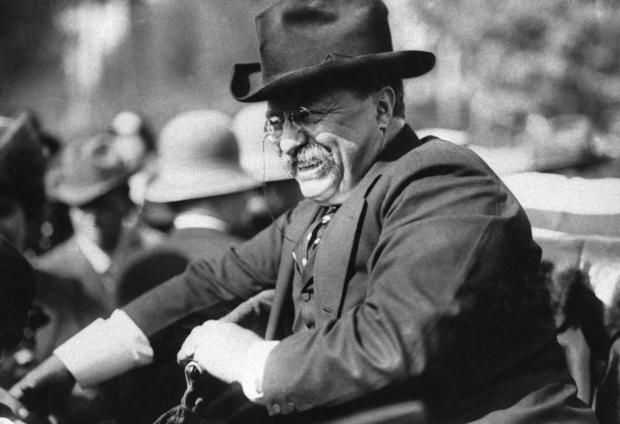
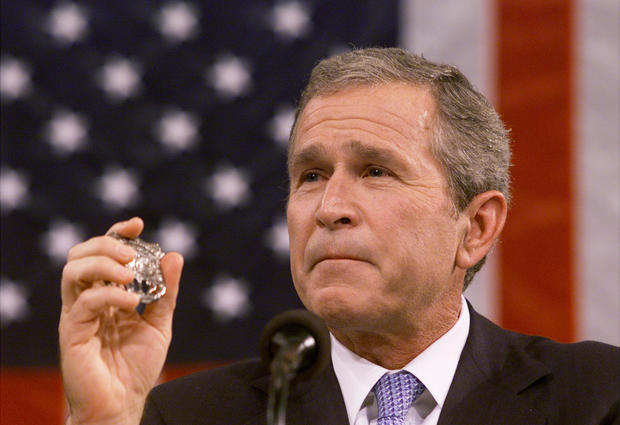
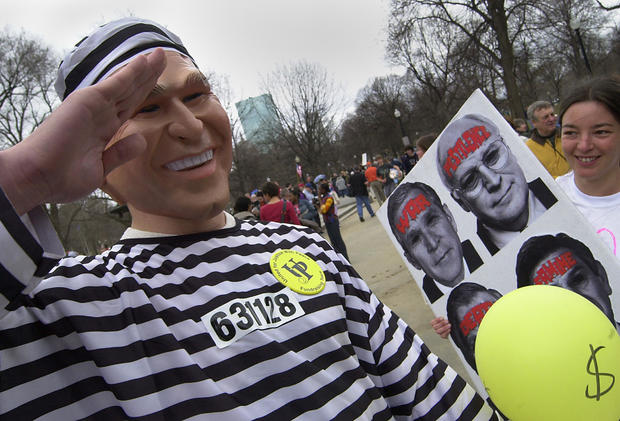
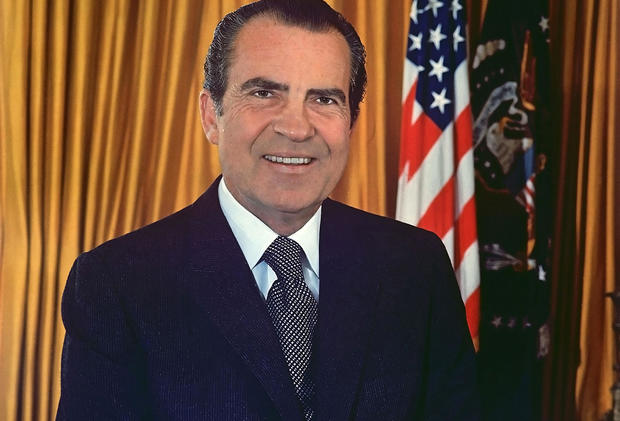
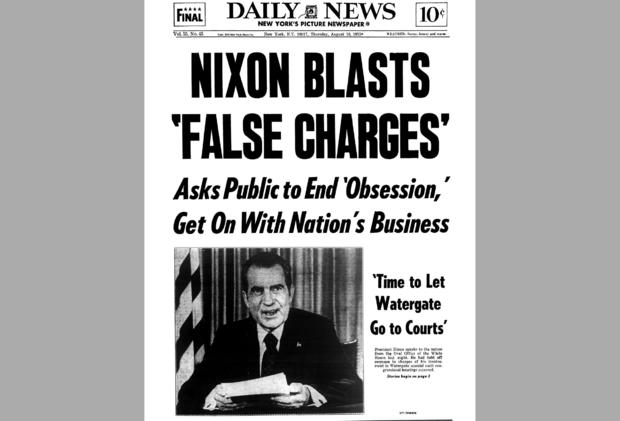
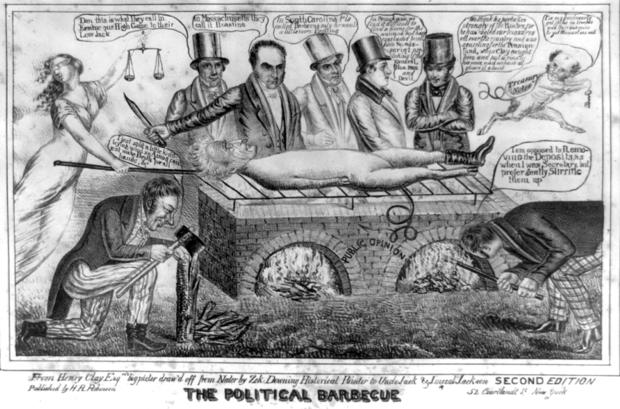
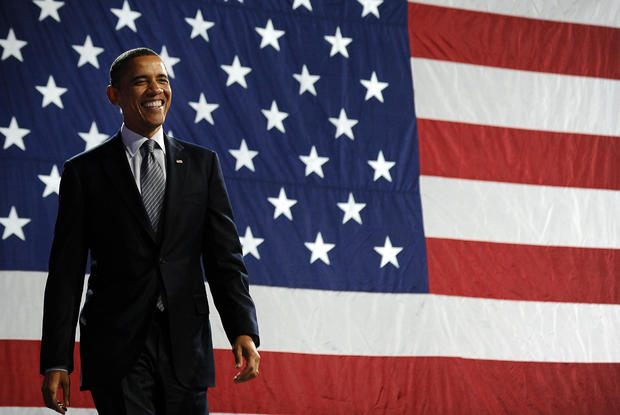
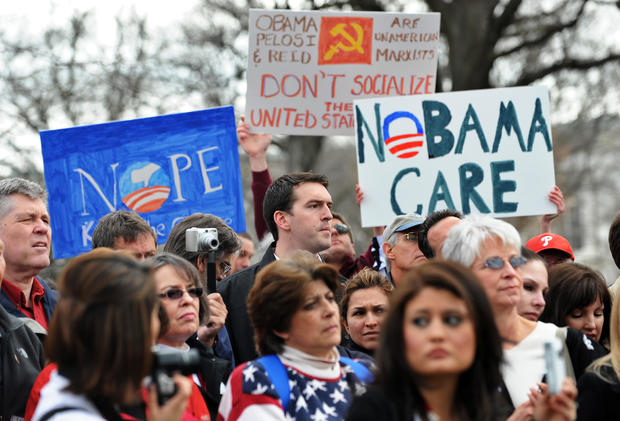
![George T. Brown [Misc.];William T. Sherman [Misc.];Andrew Johnson [Misc.]](https://assets2.cbsnewsstatic.com/hub/i/r/2020/03/11/c1fc0e92-55c1-4b7f-9b01-7657dcedb0ba/thumbnail/620x408/810af7391154c01e78aca4b42f529982/20-polarizing-johnson-andrew.jpg#)
